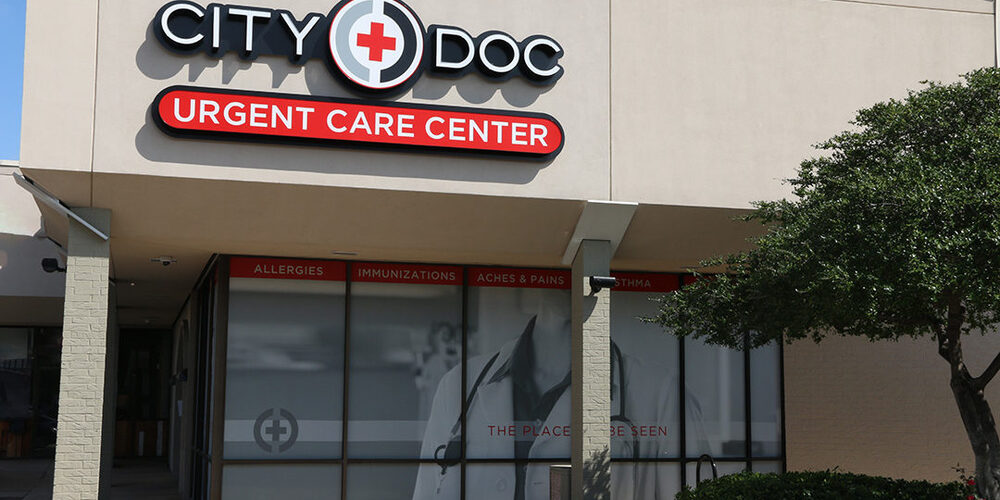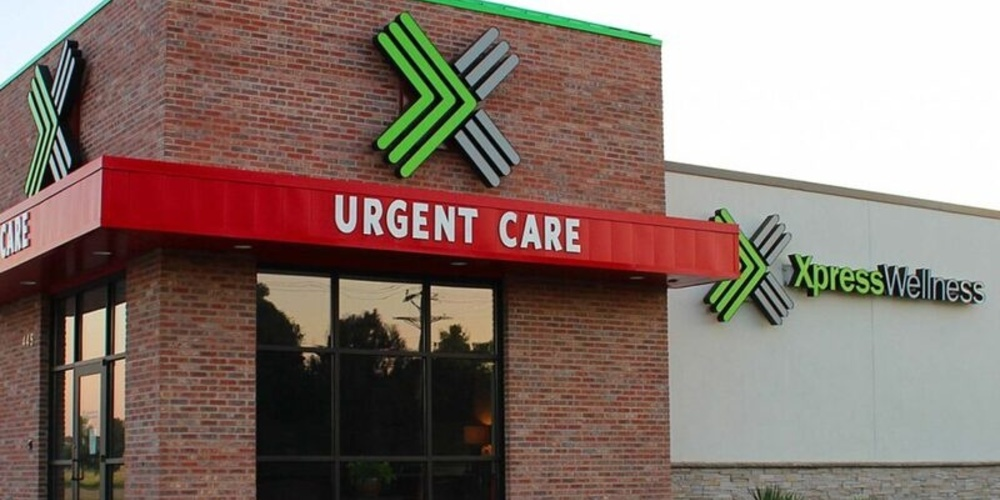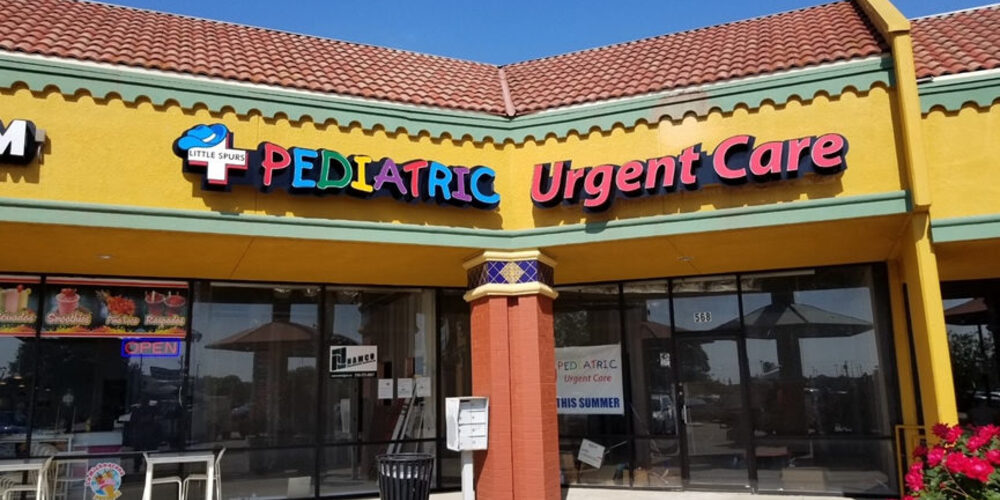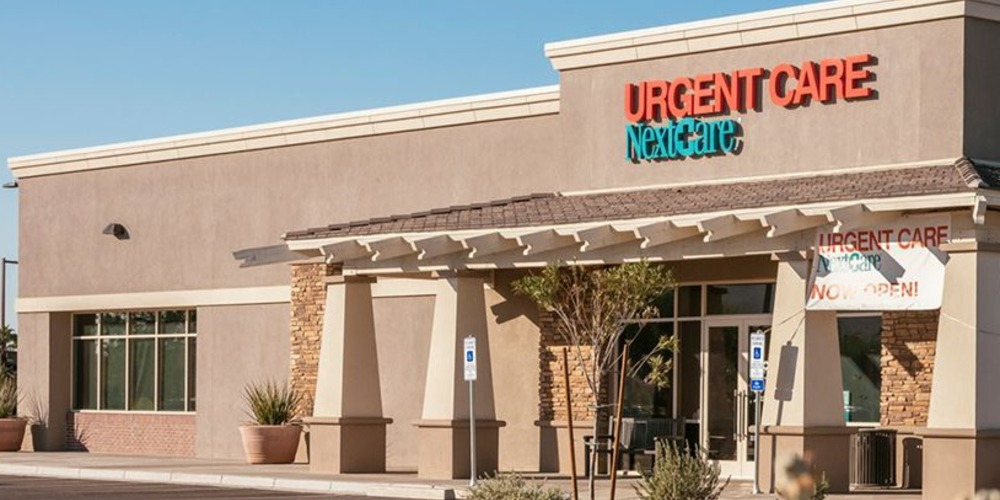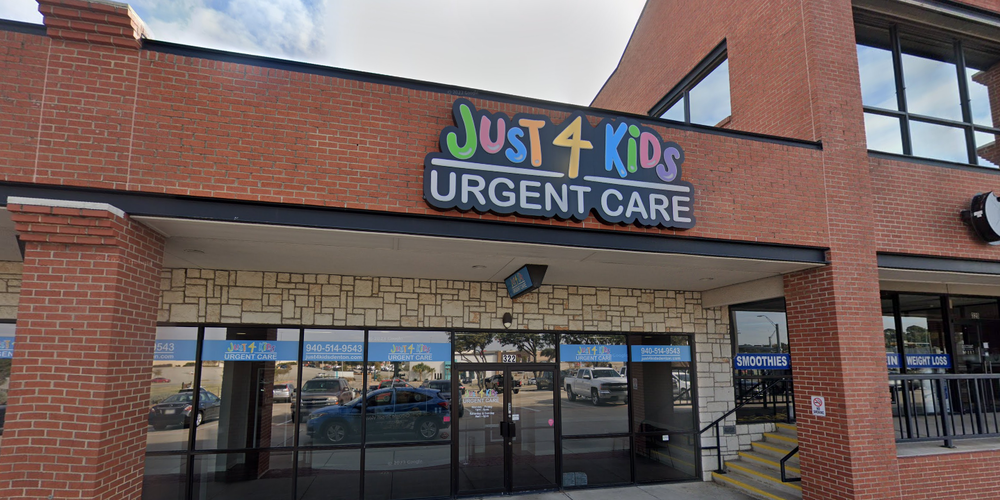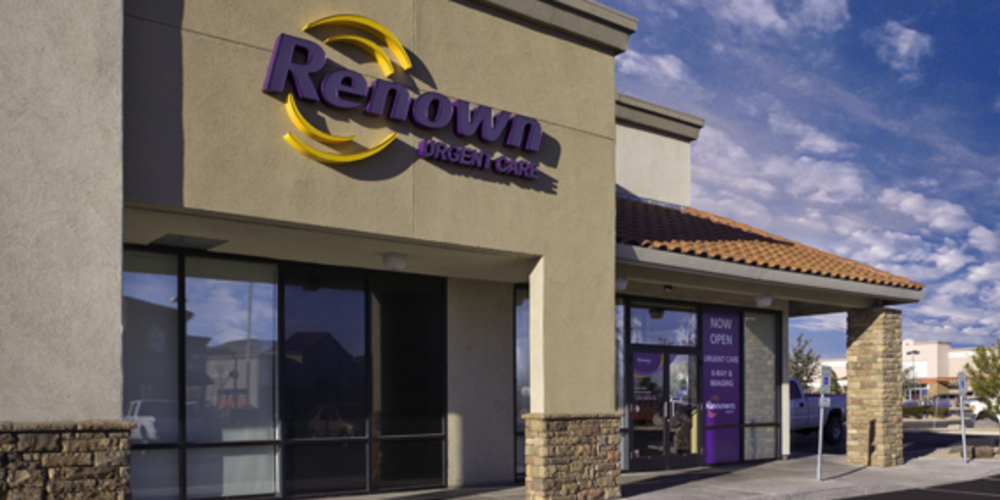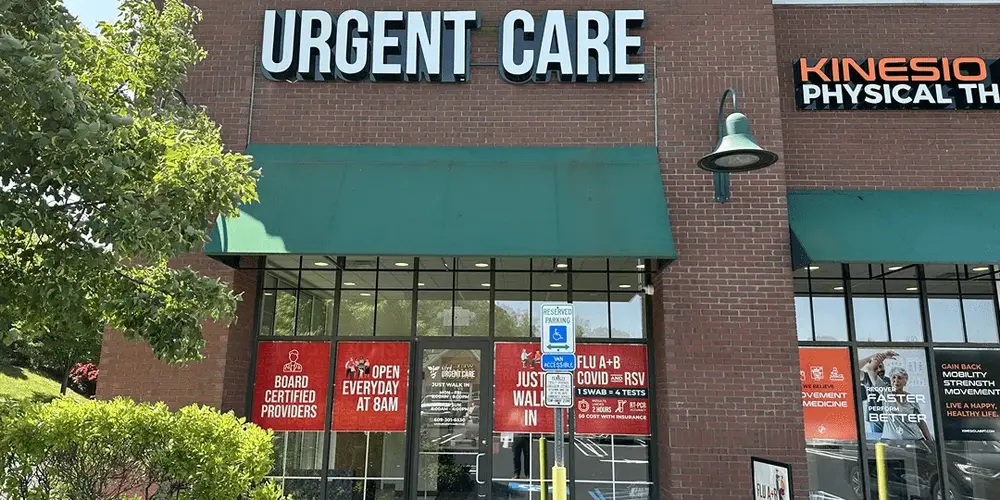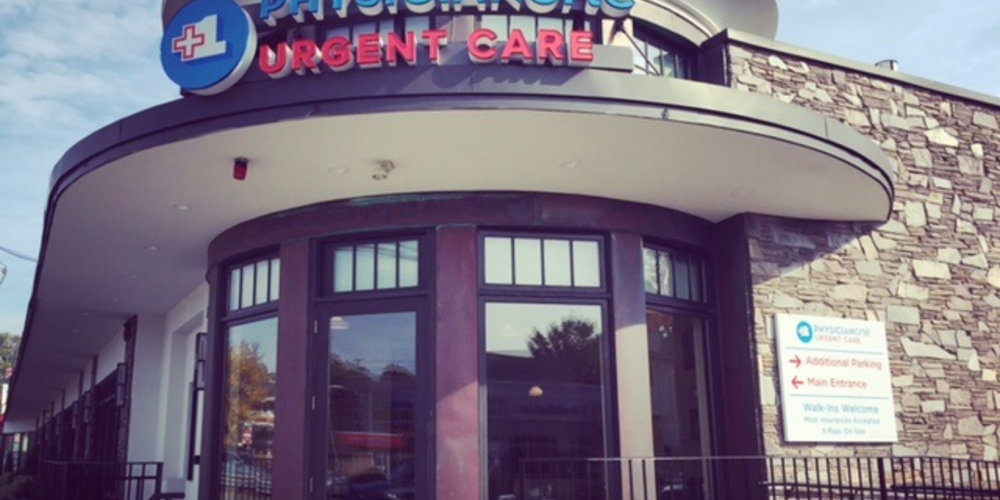Case Studies
Check out real-life stories from on-demand care groups that have overcome challenges and found success with Solv.
Urgent Care
CityDoc Case Study: 3x Payment Collection Growth with Solv Pay
Learn how CityDoc Urgent Care improved patient payment collections by 3x and reduced bad debt by 36% in just one month with Solv Pay. Read the full case study.
Enterprise
Xpress Wellness Case Study: Improved Efficiency & Patient Experience with Solv
Learn how Xpress Wellness transformed patient care and clinic efficiency with Solv, reducing wait times and improving digital registration. Read the full case study.
Enterprise
Maximizing Clinic Capacity: How Little Spurs Enhanced Patient Access with Solv's Online Booking
Discover how Little Spurs Pediatric Urgent Care expanded patient access and reduced wait times by 55% with Solv's online booking system. Learn how they increased operational efficiency by combining walk-ins with scheduled visits and improved clinic performance using real-time data insights.
Urgent Care
Scaling Clinic Operations: How AlphaMed Enhanced Patient Experience with Solv’s Modern Platform
Discover how AlphaMed expanded patient access and streamlined operations by integrating Solv’s digital booking and paperless registration. Learn how AlphaMed improved patient flow, reduced wait times to 9 minutes, and increased booking conversion rates by 36%, creating a seamless experience for pati
Enterprise
How NextCare Improved Patient Experience & Clinic Efficiency with Solv Across 170+ Locations
Learn how NextCare enhanced patient retention, increased Google ratings from 3.6 to 4.5, and improved clinic efficiency with Solv’s patient-first platform. Discover how their 170+ clinics streamlined operations, boosted patient satisfaction, and integrated telemedicine and EHR systems for a seamless
Health System
How York Hospital Improved Patient Loyalty with Solv
Discover how York Hospital partnered with Solv to enhance patient loyalty and streamline operations across its facilities, transforming their initial COVID-19 testing solution into a comprehensive tool for ongoing patient engagement and satisfaction.
Urgent Care
How Just 4 Kids Transformed Patient Care with Solv’s Digital Booking & Paperless Check-In
See how Just 4 Kids reduced wait times by 46% and improved clinic flow using Solv’s online booking and paperless check-in. Learn how digital transformation led to fewer frustrated patients, improved staff morale, and increased customer satisfaction in this pediatric urgent care clinic.
Urgent Care
How MD Today Urgent Care Boosted Efficiency & Patient Satisfaction with Solv’s Digital Tools"
Learn how MD Today Urgent Care enhanced operational efficiency and patient satisfaction with Solv’s online scheduling, mobile check-ins, and waitlist management. Discover how they reduced wait times by 59%, improved workflow, and gained 4,362 new patients with a 4.8-star average rating.
Enterprise
How Renown Health Transformed Patient Experience & Increased Efficiency with Solv
See how Renown Health boosted patient satisfaction, reduced wait times by 58%, and generated $7.13M in revenue from online bookings. Learn how they enhanced operations and unified in-person and telemedicine visits using Solv’s scheduling, queuing, and reputation management tools.
Urgent Care
How CityLife Health Virtualized Their Front Desk and Improved Patient Flow with Solv
Discover how CityLife Health handled a 400% increase in patient volume during COVID by virtualizing their front desk with Solv. Learn how they improved patient satisfaction, reduced wait times, and maintained a 4.8-star rating through mobile check-ins, waitlist management, and contactless payment so
Urgent Care
How CareXpress Improved Patient Access & Efficiency with Solv’s Digital Tools
Learn how CareXpress saved 280 hours per month with digital registration and increased patient satisfaction with Solv’s online booking, telemedicine, and mobile waitlist. Discover how their 64% patient repeat rate and seamless integration with eClinicalWorks improved clinic efficiency and patient lo
Urgent Care
How Live Urgent Care Attracted 77% New Patients & Improved Efficiency with Solv
Discover how Live Urgent Care attracted 77% of new patients using Solv, reduced wait times by 50%, and saved over 8 hours of staff time daily. Learn how they streamlined operations, improved patient satisfaction, and expanded their clinic network using Solv’s digital tools and EMR integration
Enterprise
How PhysicianOne Urgent Care Streamlined Operations and Increased New Patient Bookings with Solv
When you have busy urgent care clinics in three states, efficiency and results matter. Philip Davis, COO of PhysicanOne Urgent Care, was looking for a platform to drive business, organize their patient flow, and facilitate telemed, and he needed to see real-world data. A 90-day head-to-head trial be
Health System
How MultiCare Increased Revenue by $9.3M and Enhanced Patient Experience with Solv’s Online Booking
Learn how MultiCare Health System streamlined operations, reduced wait times, and boosted revenue by $9.3M in four months using Solv’s online appointment and patient engagement tools. Discover the impact on patient satisfaction and clinic efficiency.
Attract more patients.
Reduce wait times.
Boost online reputation.
See why top practices use Solv.
